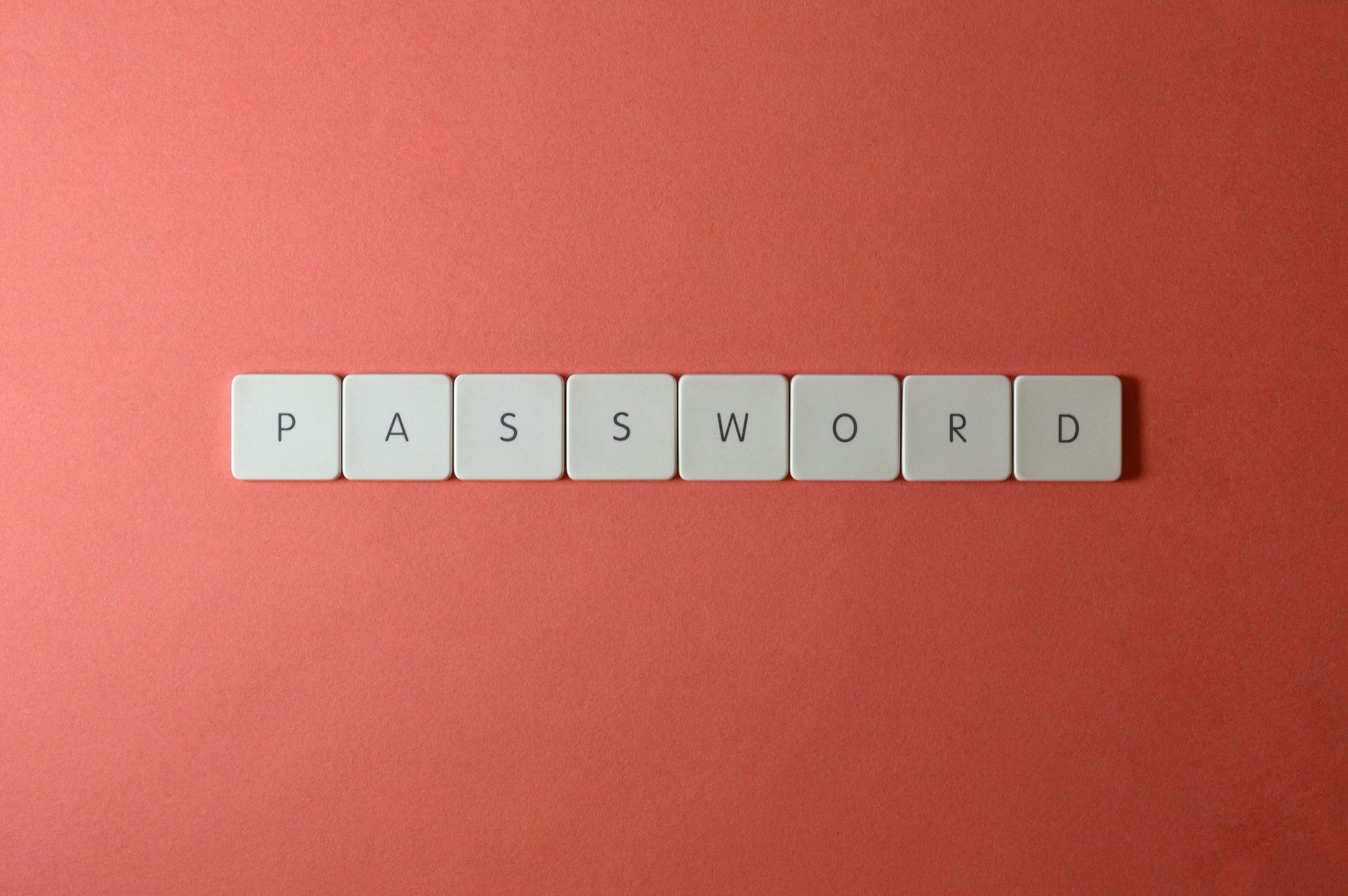Why Your Security Setup Shouldn’t Feel Like Medieval Castle Defense
Posted On: 5th May 2025
Categories: Uncategorized

Why Your Security Setup Shouldn’t Feel Like Medieval Castle Defense
Here’s the thing about cybersecurity: everyone knows it’s important, but most people would rather wrestle with a printer jam than deal with another password reset. And honestly? I get it.
Think about it. When was the last time you watched someone struggle with a login screen and thought, “This person clearly doesn’t care about security”? Never, right? Because that’s not what’s happening. People aren’t trying to be reckless. They’re just trying to get their coffee, check their email, and start their day without feeling like they’re breaking into the Tower of London.
But here’s where it gets interesting: that friction you feel when logging in? That’s not actually protecting you better. It’s just making you more likely to stick a password on a Post-it note.
The Real Problem Isn’t What You Think
Picture this. You’ve got a team member who needs to access five different systems to do their job. Each one has different password requirements one wants symbols, another demands numbers, a third insists on capitals. By the time they’ve created their fifth “unique” password, they’re using Password123!, Password124!, and Password125!.
Sound familiar? That’s not a security problem… that’s a design problem.
The truth is that secure doesn’t have to mean complicated. In fact, the best security often feels like magic: invisible, effortless, and surprisingly powerful.
Five Ways to Make Security Feel Like a Superpower
1. Give Everyone a Digital Memory Palace
Remember trying to memorise 47 different passwords? Yeah, let’s stop pretending that’s reasonable. A password manager is like having a photographic memory for credentials it remembers everything perfectly so you don’t have to. One master password unlocks a vault of unbreakable, unique passwords for every site you use. It’s not cheating; it’s evolution.
2. Make Two Factor Authentication Actually Smart
Multi factor authentication gets a bad rap because most people think it means constantly digging for their phone to read a six digit code. But what if your security system could learn your patterns? Modern adaptive authentication is like having a digital bouncer who recognises regular customers. Login from your usual coffee shop? No extra steps. Trying to access files from a new country at 3 AM? Time for an extra verification. It’s security that thinks.
3. Wave Goodbye to Passwords Entirely
Here’s something that sounds like science fiction but exists today: passkeys. Instead of typing a password, your device creates a unique cryptographic signature that proves you’re you. Add biometrics into the mix a fingerprint touch or quick face scan and you’ve got authentication that’s both more secure than any password and faster than typing your name.
4. Rethink Your Password Rules
If you absolutely must use passwords, let’s make them human-friendly. Instead of forcing people to create “P@ssw0rd!” (which hackers crack in milliseconds), encourage memorable phrases like “PurpleCatsDancingOnMarsTonight!” It’s longer, stronger, and impossible to forget. The best password is the one people don’t write down.
5. Create One Key That Opens Every Door
Single Sign On is like having a master key for your digital office. Log in once, access everything you need. No password juggling, no forgotten credentials, no help desk calls asking for yet another reset. It’s the digital equivalent of finally organising your keys so everything just works better.
The Future Is Frictionless
What if I told you that the most secure companies in the world often have the happiest employees? That’s because they’ve cracked the code: security that gets out of the way.
When logging in feels effortless, people don’t look for shortcuts. When authentication happens in the background, nobody’s tempted to disable it. When security tools actually make work easier, they become allies instead of obstacles.
This isn’t about lowering your defenses it’s about building smarter ones. It’s about creating security that’s so seamless, so intuitive, that doing the right thing becomes the obvious thing.
Your team doesn’t need to become security experts. They just need security that works for them, not against them. And when you get that balance right? That’s when you’ve built something truly powerful: a system that protects everything while bothering no one.
The choice isn’t between strong security and happy users. The choice is between security that fights your team and security that empowers them. Choose wisely.
